Building the Beloved Character, Part 3
/What can two chairs have to do with building a fictional character?
Read MoreInternational Award-Winning Author
What can two chairs have to do with building a fictional character?
Read MoreIt remains one of my greatest treasures. And, it cemented my love for historical fiction. My mother knew that, but I don’t think she took credit where it was certainly due. Since then I have never been bored.
Read MorePart 10 in a series featuring sites I visited in Ireland while researching my second novel, The Prince of Glencurragh. See previous posts listed at the end. The hills and bluffs of southwest Cork are not only beautiful, but also magical. It seems at every turn you may find something ancient to fascinate you. Just a short distance from Coppinger’s Court along the Glandore Road, we parked on a narrow dirt road to climb the grassy hill to Drombeg Stone Circle.
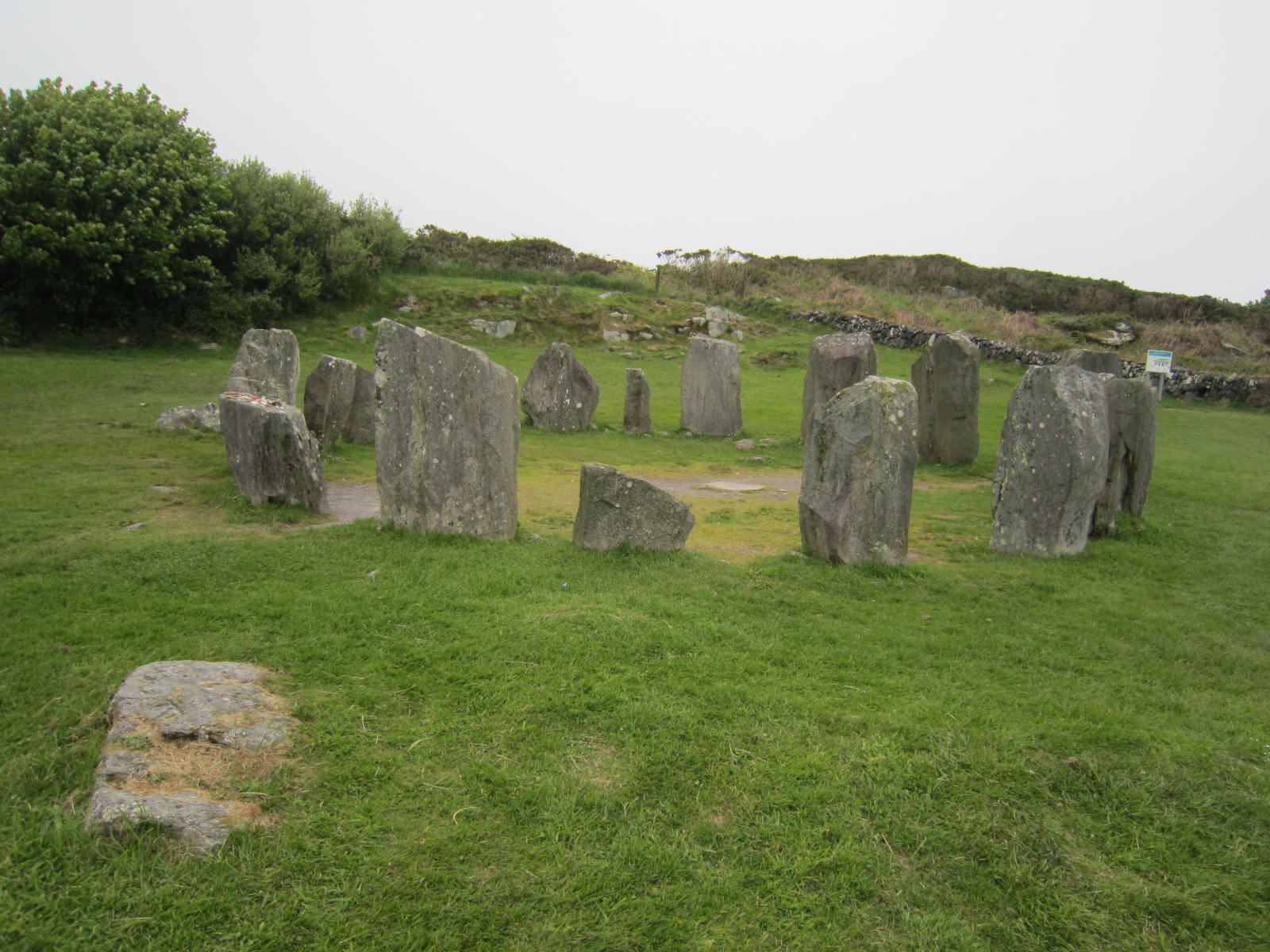 This place had interested me from afar. I didn’t intend to use a stone circle in The Prince of Glencurragh, but this one happened to sit along the travel trajectory and, despite several earlier trips to Ireland, I had never actually visited a stone circle.
This place had interested me from afar. I didn’t intend to use a stone circle in The Prince of Glencurragh, but this one happened to sit along the travel trajectory and, despite several earlier trips to Ireland, I had never actually visited a stone circle.
I wonder if everyone who visits them secretly hopes to have some kind of mystical experience? Perhaps not of “Outlander” proportions where the novel’s heroine is transported back 200 years, but at least some kind of physical or spiritual sensation. I wonder how many actually do? For me there was just the simple thrill of being there, touching something so old and at one time sacred, and imagining the people upon whose footsteps I walked.
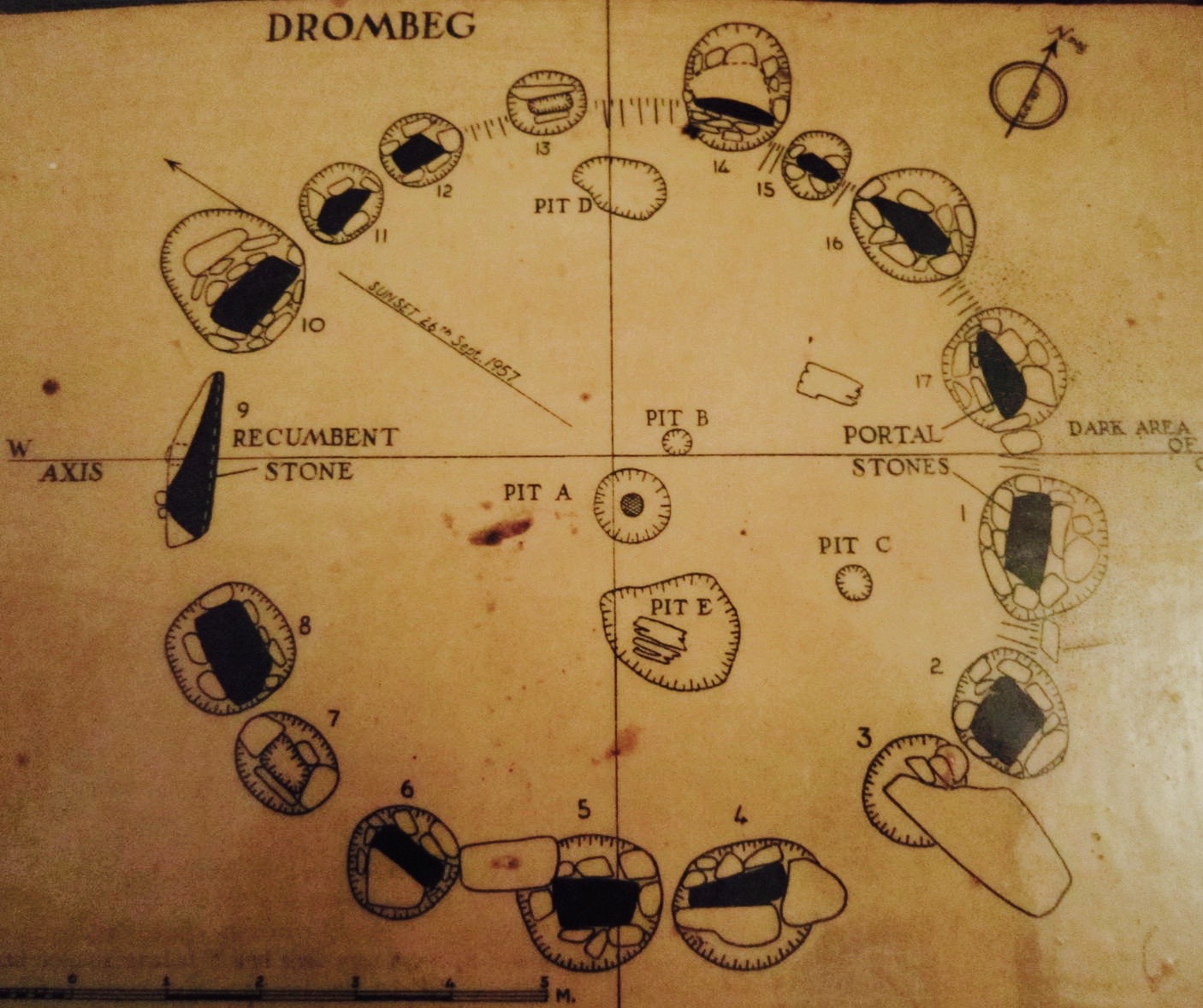 Also known as “The Druid’s Altar,” archaeologists say this 17-stone circle was in use 1100 to 800 BC. The stones slope toward its famous recumbent stone that seems to align with the winter solstice. Depressions and a cooking area (fulacht fiadh) may have been in use until the 5th century AD.
Also known as “The Druid’s Altar,” archaeologists say this 17-stone circle was in use 1100 to 800 BC. The stones slope toward its famous recumbent stone that seems to align with the winter solstice. Depressions and a cooking area (fulacht fiadh) may have been in use until the 5th century AD.
But I’ve got news for archaeologists: visitors to this site are using it still, based on the tokens and offerings they leave behind. Countless prayers must have been uttered here, and it feels almost intimate, the circle small and cloaked within a soft Irish mist. We were there in June, but had we been there at sunset in December, I’m sure we would have heard the spirits singing…

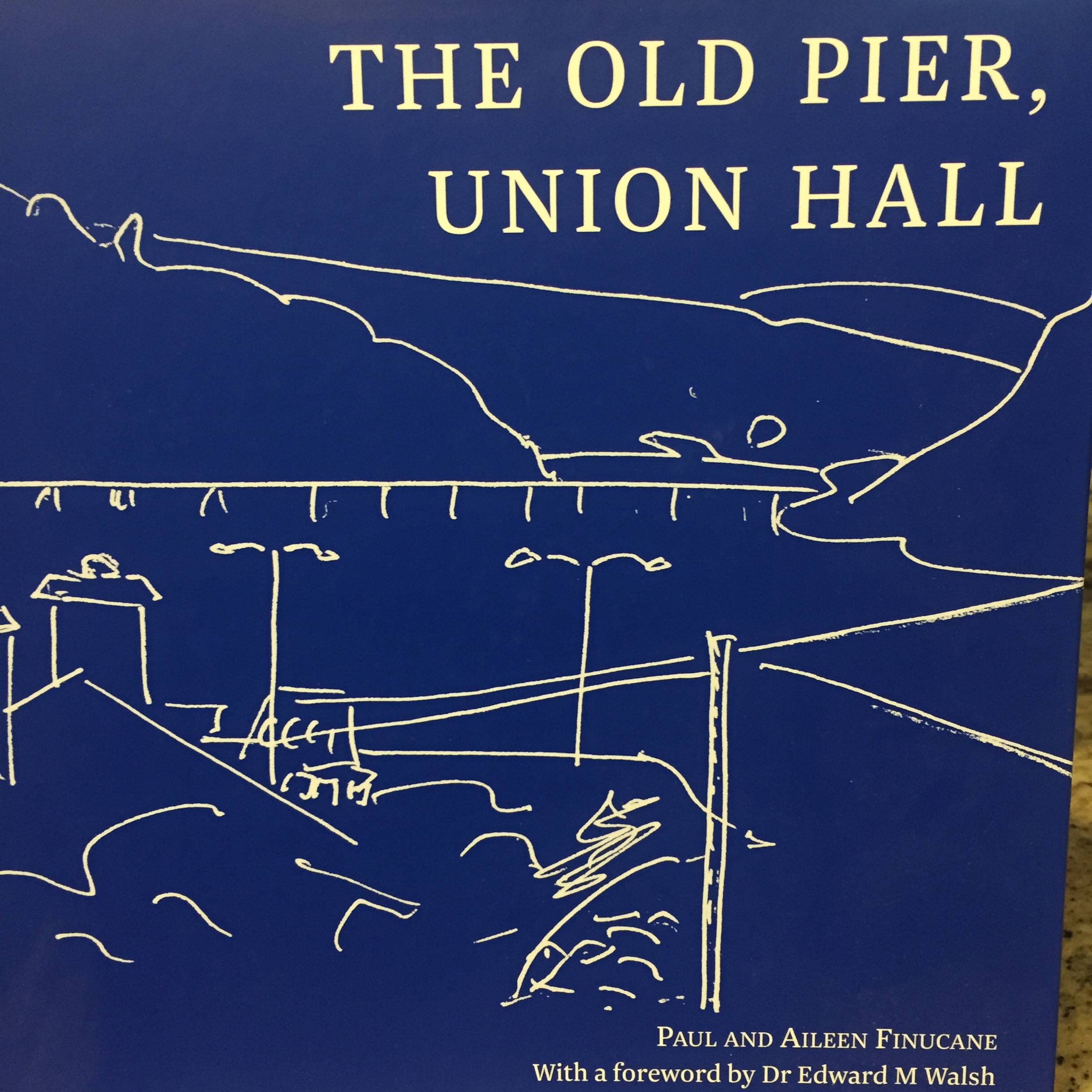 From there we passed Glandore where we would later eat a spectacular dinner at a waterfront restaurant, and Union Hall where I saw the view of the harbor that has enchanted people for ages (and is captured so creatively by the artists in the book, The Old Pier, Union Hall, by Paul and Aileen Finucane).
From there we passed Glandore where we would later eat a spectacular dinner at a waterfront restaurant, and Union Hall where I saw the view of the harbor that has enchanted people for ages (and is captured so creatively by the artists in the book, The Old Pier, Union Hall, by Paul and Aileen Finucane).
But my destination now was Knockdrum Fort, a few miles farther west. Knockdrum is one of Ireland’s many Iron Age stone ring forts, but this one was reconstructed in the 19th century. It has massive stone walls four to five feet high, arranged in a ring to provide protection as well as a 360 view of the surrounding area. Historians say that while it looks like a defensive fort, its purpose may have been sacred instead. The standing boulder just inside the entrance is inscribed with a large cross.
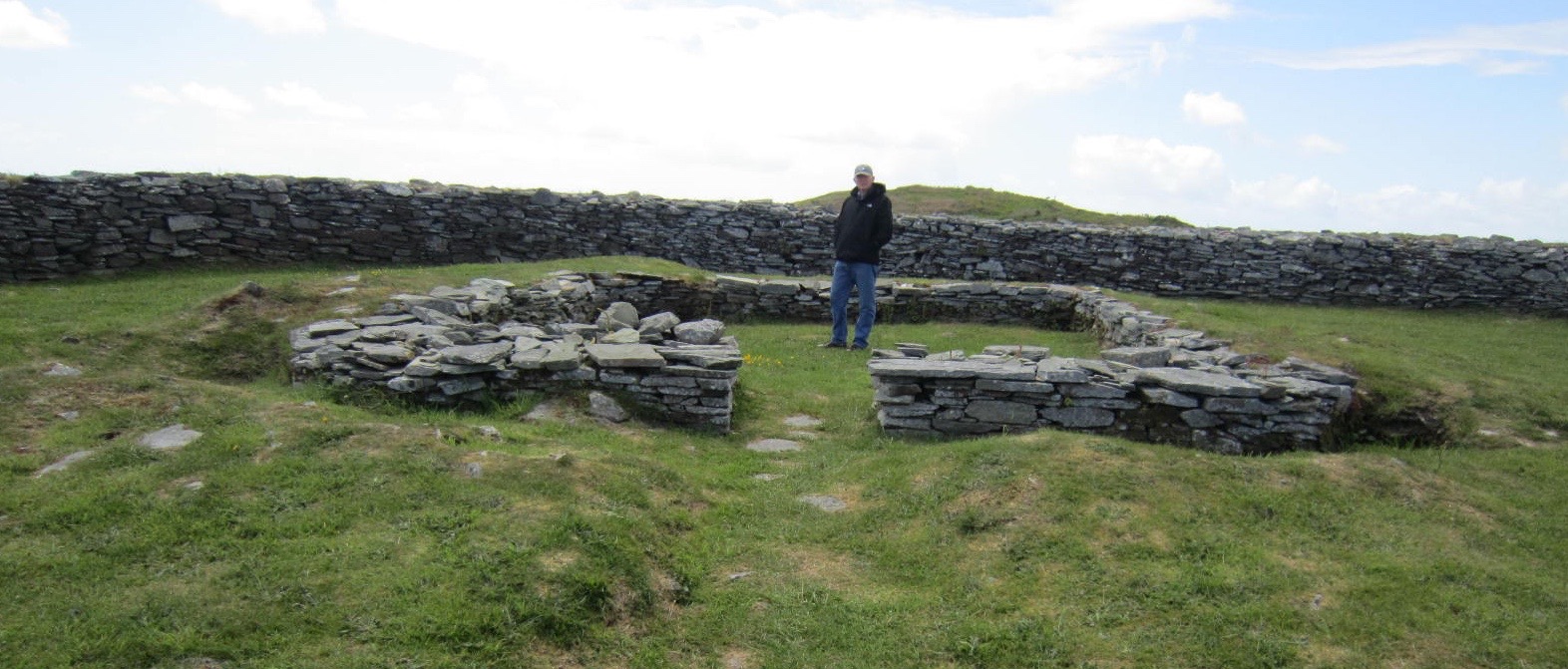
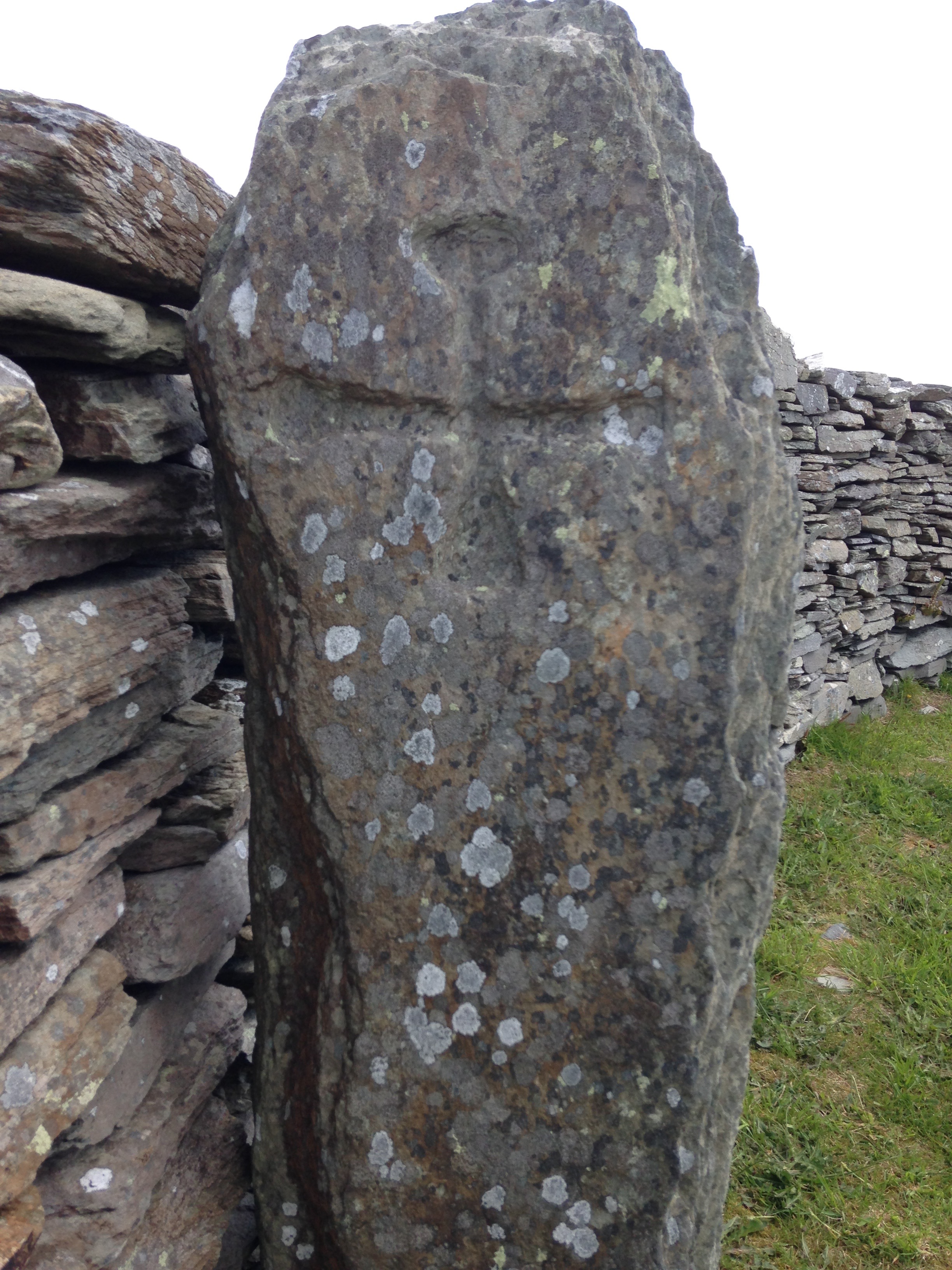 Through my research I learned the fort had a souterrain with three chambers cut from solid stone, one having a fireplace and flue. One source said the underground passage went all the way down to the sea.
Through my research I learned the fort had a souterrain with three chambers cut from solid stone, one having a fireplace and flue. One source said the underground passage went all the way down to the sea.
If this was so, I would indeed plan to use this site for a scene in my book. On paper it seemed the perfect location for a pursuit, a setup, a trap, and then a wily escape through the souterrain. And this is why actual site inspection is so important for an author.
Especially for historical fiction, readers want to learn something of the history as they read, and so, while characters and their actions can be fictional, readers expect a high level of accuracy in locations and historical events. I could not portray the location truthfully and still use it in the story because it was set high on a promontory, creating an unnecessary and unrealistic difficulty for the characters. And, if the souterrain was used for the escape route, it would have been quite a long way almost straight down to the sea, with the only advantage being if you had a seaworthy vessel waiting at the bottom.
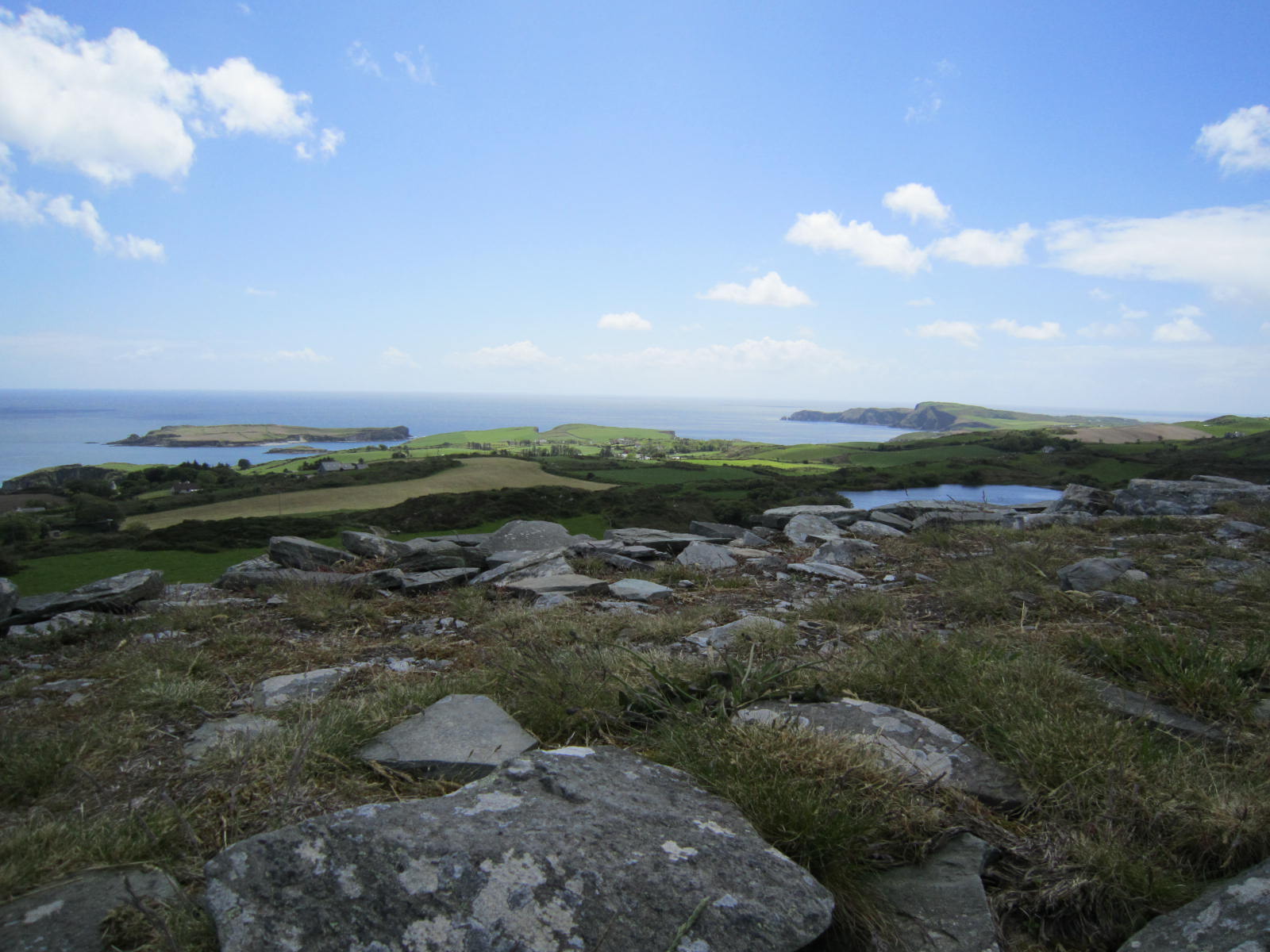
The souterrain was gated off so I could not see inside it, but I had seen enough to know that, while a remarkable site to explore, it would not serve the story well. Perhaps it will find a home in another story one day. The fort’s impressive size and appearance, and the view from all sides, is unforgettable.
Looking northeast of the site as we left it, we saw the “Five Fingers,” or rather three of them. These are megalithic stones jutting from a hill, looking like the skeletal fingers of a giant reaching for the sky—a high five for our explorations that day.
But I still needed a location for that scene in my story. And for this, the Liss Ard would serve quite nicely; coming up next week.
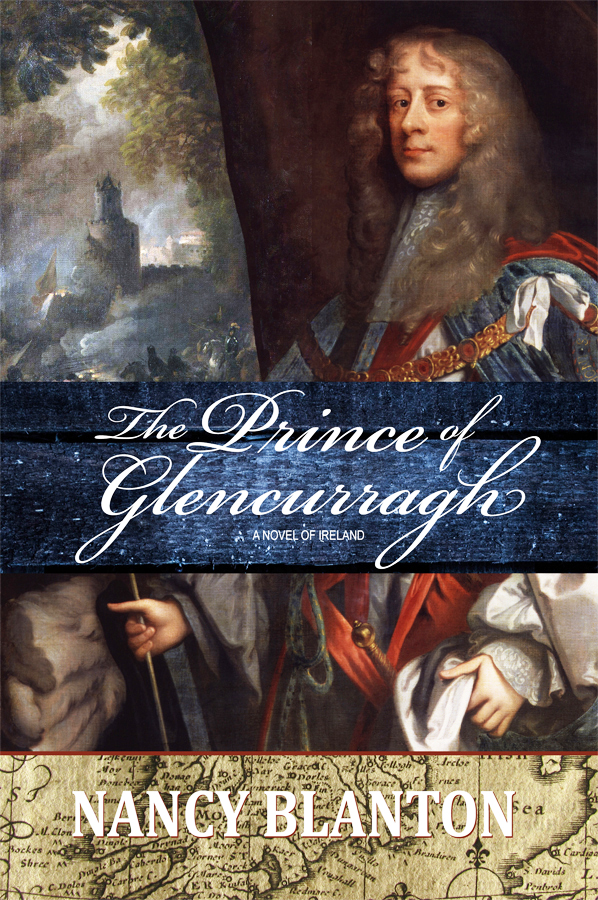 An heiress, a castle, a fortune: what could go wrong?
An heiress, a castle, a fortune: what could go wrong?
The Prince of Glencurragh is available in ebook, soft cover and hard cover from online booksellers.
Learn more and sign up for my newsletter at nancyblanton.com
https://books2read.com/u/4N1Rj6
http://www.amazon.com/Prince-Glencurragh-Novel-Ireland-ebook/dp/B01GQPYQDY/

I’m excited about this week – it’s time for the 15th annual Amelia Island Book Festival, February 18-20, here in northeast Florida. I’m proud to be on the advisory board this year, and proud of the format changes that will help make it one of the best so far.
Bestselling author Steve Berry is the headliner and honorary chairperson, coordinated this year's focus - An Amelia Island Encounter - Action, Thrills and Mystery, with all proceeds going toward promoting literacy to the students of our Nassau County Public Schools.
The festival begins with the Kick-off Luncheon featuring a keynote thriller writer, Andrew Gross on Thursday, February 18, at the Amelia Island Plantation.
Then that evening there are Teens Scenes: free events for middle and high school students can choose from among four offerings designed especially for young people and presented by noted authors. I’m helping out with the graphic novel event, featuring authors/illustrators Michael Regina and Jonny Jimison.
On Friday, February 19, at FSCJ-Nassau Campus in Yulee, Steve Berry and his wife Elizabeth Berry will lead a workshop, Lessons from a Bestseller Writer.
But my favorite is the festival's main event, the “Author Expo/Readers Extravaganza,” a day for all ages featuring more than 100 noted authors of all genres. With FREE admission and free parking, the Expo runs from 10 AM to 6 PM Saturday, February 20, at the Fernandina Beach Middle School Campus.
I’ll have a booth there, and will also be part of a three-author panel on historical fiction. My author friends will also be there: Barbara Bond, Parker Francis, Lauren Gilbert, John Gillgren, Louise Jacques, Andrea Patten, L.M. Reynolds, Raffaella Marie Rizzo, Jim Weinsier, and so many more!
Complete info about the authors attending (so many!!!) and details for each event, directions and to purchase ticket or make a donation, visit www.ameliaislandbookfestival.org, or call 904.624.1665
Hope to see you there!
As NaNoWriMo approaches (that is, National Novel Writing Month, November 1-30), I thought it a good time to answer a question a dear friend asked of me recently: What is a novel, actually? What defines it compared to other books? Well, I know what it is, but I have never really articulated it or looked up an official definition.
 According to Writer's Digest, a novel is “a piece of long narrative in literary prose meant to entertain and tell a story. It is a description of a chain of events which includes a cast of characters, a setting, and an ending. Most publishers prefer novels that are in the 80,000- to 120,000-word range, depending on the genre.”
According to Writer's Digest, a novel is “a piece of long narrative in literary prose meant to entertain and tell a story. It is a description of a chain of events which includes a cast of characters, a setting, and an ending. Most publishers prefer novels that are in the 80,000- to 120,000-word range, depending on the genre.”
NaNoWriMo is a non-profit organization that runs what is essentially a month-long writing contest, along with several other programs “to empower and encourage writing and vibrant creativity around the world.” Their goal is for 50,000-word novels, “about the length of the Great Gatsby,” which they believe is a challenging but doable length even for people who work full time and have children.
Some people categorize novels into three categories: literary, mainstream or genre.
Literary tends to deal with large world issues within the context of story. These novels are intended to make you think about these issues in a new or deeper way. Think Hemingway, Orwell or Dostoyevsky.
Mainstream novels? I have yet to find a reasonable definition. Apparently it is a work of fiction that does not fall into the genre categories and also does not deal with issues in a way that would make it literary. Huh? Don’t ask me. I also found a definition that says it is any novel that sells well. Why does that make it a separate category? Because it appeals to a mass audience? Dan Brown’s The Da Vinci Code is part history, part thriller, part suspense, and pretty much everybody read it. So there you go.
Genre novels fall into specific categories such as romance, mystery, thriller, horror, humor, westerns, science fiction, fantasy, and my favorite, historical. There are crossovers, as in one of my favorite novel series, Outlander, which combines well-researched history with romance (Jamie Fraser lovers will know what I mean) and fantasy, because it involves time travel.
Then there’s the novella, which is pretty much what Stephen King says it is. (Just kidding…) It is basically a short novel, falling in the 20,000 to 50,000-word range, and fitting into any of the above categories. Word has it that agents and publishers don’t really know what to do with these things unless you are in fact Stephen King, or someone who has his fan base, and then they would feel secure that they could sell it.
I applaud the NaNoWriMo goals to encourage and stimulate writing, but I must say the idea that a novel can be written in a month is beyond me. Maybe I could accomplish a very rough and simplified first draft (aka outline), but I believe a good novel requires deep thought, research, multiple points of inspiration, writing and rewriting, editing, and then a lot more of the same.
That said, if you are of the mind to try the November writing challenge, I say GO FOR IT, and refer you to a fellow author and blogger Alexandra Sokoloff’s post about October being a good time to prepare. She offers some good tips for getting started.
Happy fall, and happy writing!
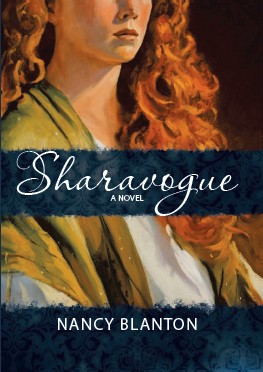 Nancy Blanton is author of Sharavogue, the award-winning novel of 17th century Ireland and the West Indies. Find it today on amazon.com, barnesandnoble.com, or iTunes for iBooks. Her second novel is to be published in 2016. Please follow this blog for updates!
Nancy Blanton is author of Sharavogue, the award-winning novel of 17th century Ireland and the West Indies. Find it today on amazon.com, barnesandnoble.com, or iTunes for iBooks. Her second novel is to be published in 2016. Please follow this blog for updates!
One of the characters in the novel I'm writing now will sicken and die within a year. It's sad, I know, but life expectancy in the 17th century averaged at around 35 years, so death tends to play a big role in stories from that time.

I had planned for this character to die from tuberculosis or "consumption" as they called it, which was the number-one killer at the time. This research in itself was fascinating, because there exists a list of death causes from the time including the "King's Evil," "plague in the guts," and "teeth and worms."
But I soon learned that people with untreated TB can suffer for five to 10 years before they succumb. That would not work for this character. Then I stumbled upon an unexpected 17th century disease, anorexia.
Like many people, I had thought anorexia a fairly modern disease that was all about body image. I was wrong on both counts. Physicians were recording anorexic symptoms in the 17th century. And, it is not really about body image, it's about control:
To understand anorexia you need to remove the misconception and preconception that this mental disorder is entirely about the need to be thin. The following are a few of the other factors that contribute to eating disorders:
(
http://www.gethelpforeatingdisorders.com/the-mindset-behind-anorexia)In the 17th century, physicians called the symptoms they were seeing "nervous atrophy" or "consumption." A post by Julie O'Toole covers the documentation in a clinic blog post. In 1689, a doctor describes working with both female and male patients with similar symptoms. He calls it a "distemper" of the nervous system which destroys the nerves and causes a "wasting of the body."
His female patient, who was having "fainting fits," tried all of his remedies, including aromatic bags and plasters applied to the stomach, to no avail. She eventually tired of his treatments and begged to let nature take its course.
She died three months later.
The male, son of a clergyman, "fell gradually into a total want of appetite, occasioned by his studying too hard and the passions of his mind." He advised the patient to abandon his studies, take the country air, and go on a milk diet. The patient regained his health at least temporarily, but was not cured of the disease.
I am fascinated by this case study, and it opens up new thinking for me. The character in my story is likely to suffer similarly to the female patient, but I now have a better way of describing the mindset of this disease, to present it more accurately to readers. It also adds an interesting layer of complexity to the story that I had not realized before, and I can't wait to unravel it.
I also have two dear friends whose daughters nearly lost their lives to this terrible disease. Fortunately, those girls were able to overcome it. The fear and pain the families suffered was unimaginable. Through story, readers can gain a better understanding of the impacts of this disease.
The book underway has the working title of Glencurragh, and is slated for publication in 2016.
 In the meantime, read Sharavogue, a novel of 17th century Ireland and the West Indies, available on amazon.com, barnesandnoble.com, indiebound.com, and also on iTunes for iBooks.
In the meantime, read Sharavogue, a novel of 17th century Ireland and the West Indies, available on amazon.com, barnesandnoble.com, indiebound.com, and also on iTunes for iBooks.
It's a fast-paced historical adventure with a strong female lead. Happy reading!
Bestselling author James Patterson says, with the vast availability of content on the Internet today there are "no excuses" for not doing research when writing a novel. And I say, why would you bother writing without it? I cannot see the thrill of writing pure fantasy that comes only from my own head, without any anchor or reference to real life. For me, writing is a learning experience, and the thrill of finding something through research also is my inspiration. In historical fiction it is critical, and is the best part of the writing process. I become a detective in finding minute bits of information hardly anyone cares about, and then a weaver, binding it into the story to create a rich fabric. The process is nothing less than magical, and the bonus is that the reader also learns something new but hardly even notices it.
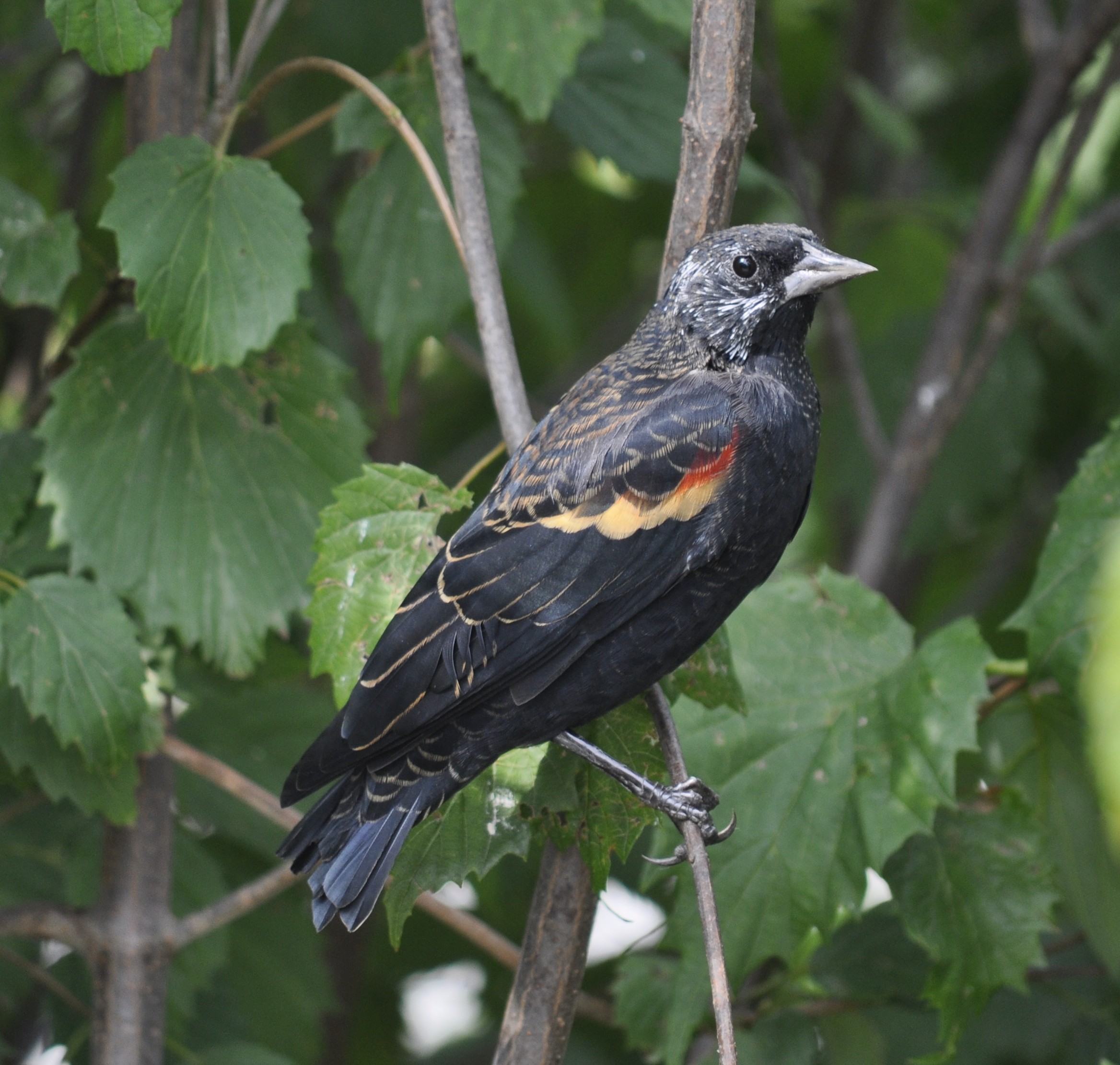 Doing the research and then sharing it also can (and should) be a spiritual experience.
Doing the research and then sharing it also can (and should) be a spiritual experience.
Years ago I had the honor to hear Father Noel Burtenshaw speak on spirituality at an event on St. Simons Island, Georgia. He'd been fascinated by seeing the redwing blackbirds in the marsh grass on his way across the bridge, this little black bird with a beautiful bit of red on its wings. Being a man of religion, he immediately thanked God for the wonder of such a creature. Then he turned to his wife.
"Did you see the redwing blackbird?" he said, thereby sharing the experience with her.
And then for the audience, he made the sign of the cross by lifting his hand to the sky (thanking God) and then extending it to his side (sharing with his wife in the car beside him).
Discovering something new, appreciating things in the world, and then sharing them with others is a spiritual act.
This week I was thrilled to stumble across something new in my research. It was the "1641 Depositions" from Trinity College Library in Dublin. I was so excited! There are 8,000 depositions from landowners and rebels all over Ireland giving testimony about the causes and events starting the Irish rebellion against Protestant English in the year 1641. I was grateful for it, because it informs my work in new ways. Immediately I shared this with my husband. He returned a blank look, and somewhat sad eyes, as if to say, "you poor crazy person."
But I know the spiritual joy I will feel as writer, weaving these tidbits into my prose, adding authenticity to my story, and then sharing them by slipping them stealthily into sentences for the readers. It is fun to be both spiritual and sneaky.
Heh heh heh.
 Embark on your own sneaky Irish adventure by reading Sharavogue, winner of the Royal Palm Literary Award for historical fiction. Available from online booksellers:
Embark on your own sneaky Irish adventure by reading Sharavogue, winner of the Royal Palm Literary Award for historical fiction. Available from online booksellers:
Part 5 in the series: How I found the snow path to Dingle Reviewers said a big reason Dan Brown's Da Vinci Code was so successful was that he wrote on a theme no less important than the existence of Jesus himself. It was a question almost universal, and he took it to the next level, whether Jesus actually had children and a bloodline could exist today. Pretty compelling, and writers who target such a theme can easily tap into a large audience.
In my case, I was exploring a story that was unfolding as I researched and studied my topic area. And while themes certainly emerged, my goal was to tell the best story I could. Sharavogue began as a story of revenge and self-actualization, about the obstacles that can confront you on your way to your goals. Ultimately, and I only realized this after I stumbled across a Keats poem that rang home for me, it is about the range of emotion--from violence and hatred to love and mercy--that humans are capable of feeling and expressing.
I think writing on a theme is great if you are really emotionally engaged with that theme. For me, thinking about what my theme would be stifled the creative process. I needed to let the story unfold in its own way, and then refine it through revisions. When it came time to publish, I did feel a bit exposed, that through my writing I had perhaps revealed more of my private self than I wanted to or should.
As Glen C. Strathy writes:
Curiously, some novelists say they don't believe in theme – or at least they don't believe in giving any thought to the matter while writing. They prefer to concentrate on telling a good story rather than delivering a profound message. However, theme cannot be excluded. Every writer has interests, opinions, biases, and attitudes. Some are conscious; some are unconscious. Some you gain from experience and honest reflection, while others you pick up uncritically from others. You cannot avoid your personal “wisdom” creeping into what you write, creating patterns that can be identified as “themes.” via Choosing a Theme for Your Novel.
I believe in writing from the heart. In my case, I was working on the book for several years. If I had not been deeply and emotionally engaged, I don't believe I could have maintained the energy to complete it. I also had enough self doubt without allowing concern over the proper theme to feed the flame. That theme naturally emerges from creative writing is all part of the magic of writing, and what makes it such an interesting process of discovery.
Nancy Blanton is the award-winning author of Sharavogue, a historical novel set in 17th Century Ireland during the time of Oliver Cromwell, and in the West Indies, island of Montserrat, on Irish-owned sugar plantations. She has two more historical novels underway, as well as a non-fiction book about personal branding, Brand Yourself Royally in 8 Simple Steps. She also wrote and illustrated a children's book, The Curious Adventure of Roodle Jones, and co-authored Heaven on the Half Shell, the Story of the Pacific Northwest's Love Affair with the Oyster.